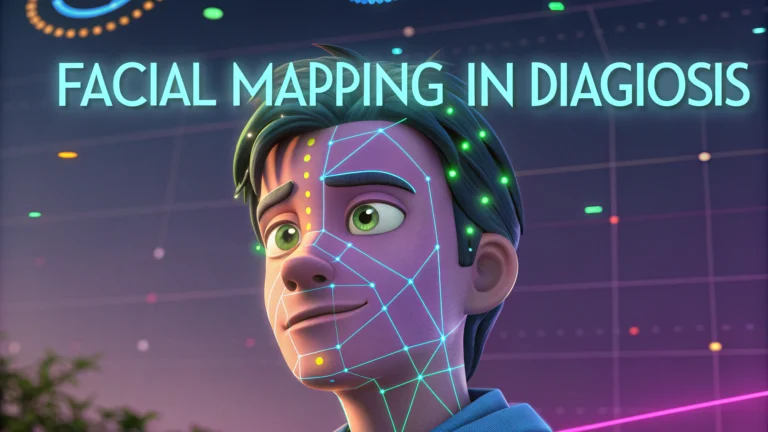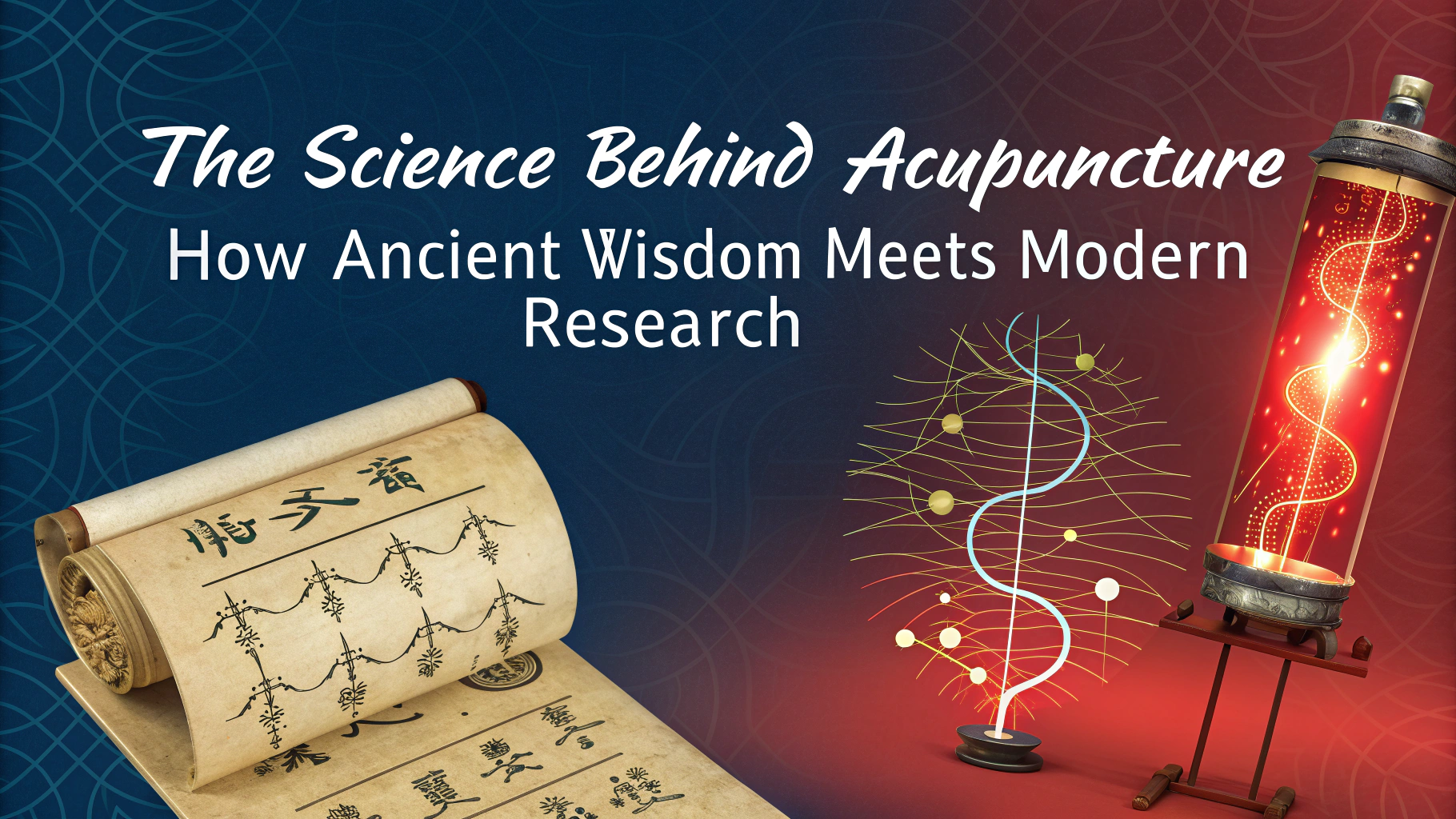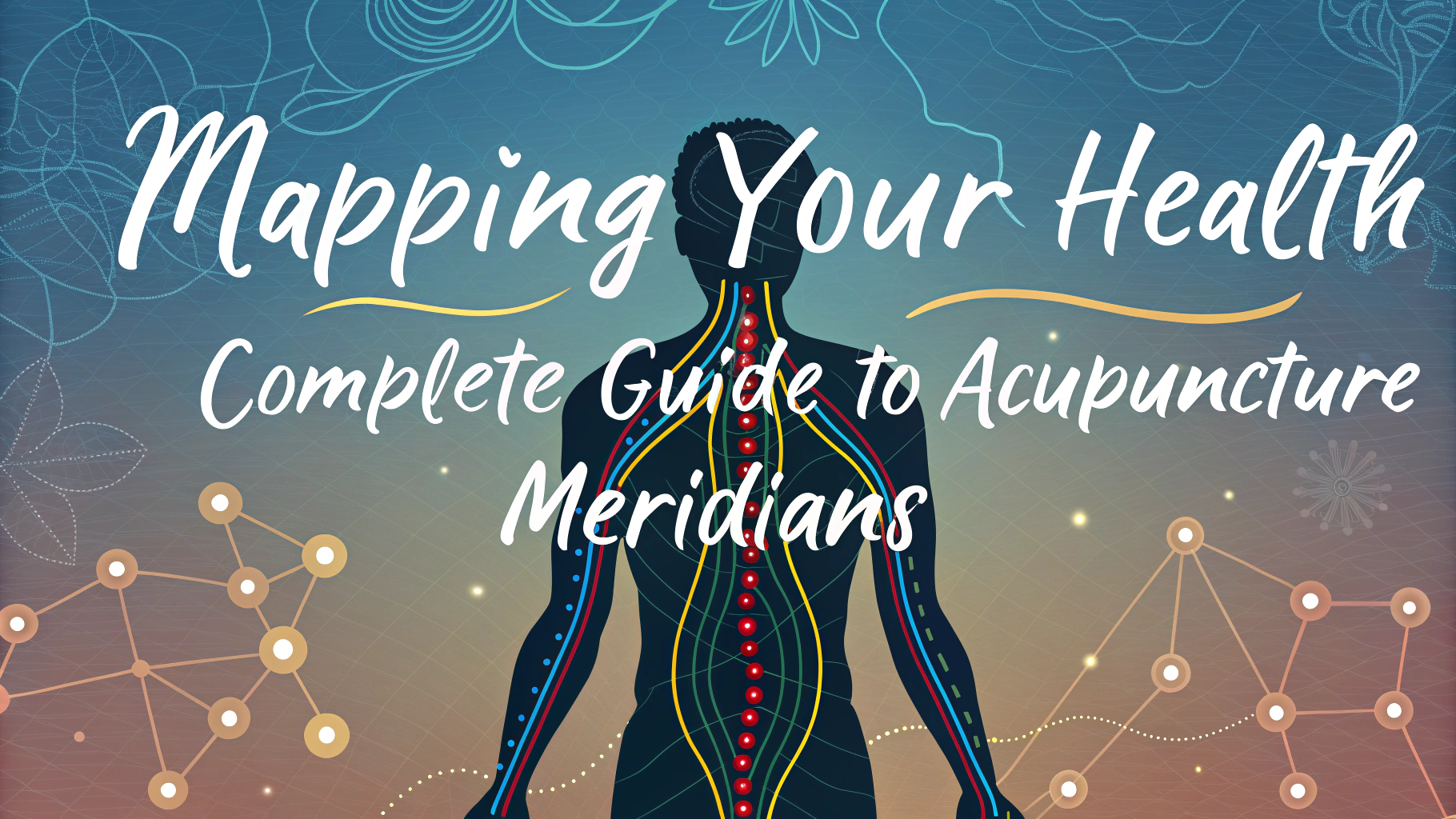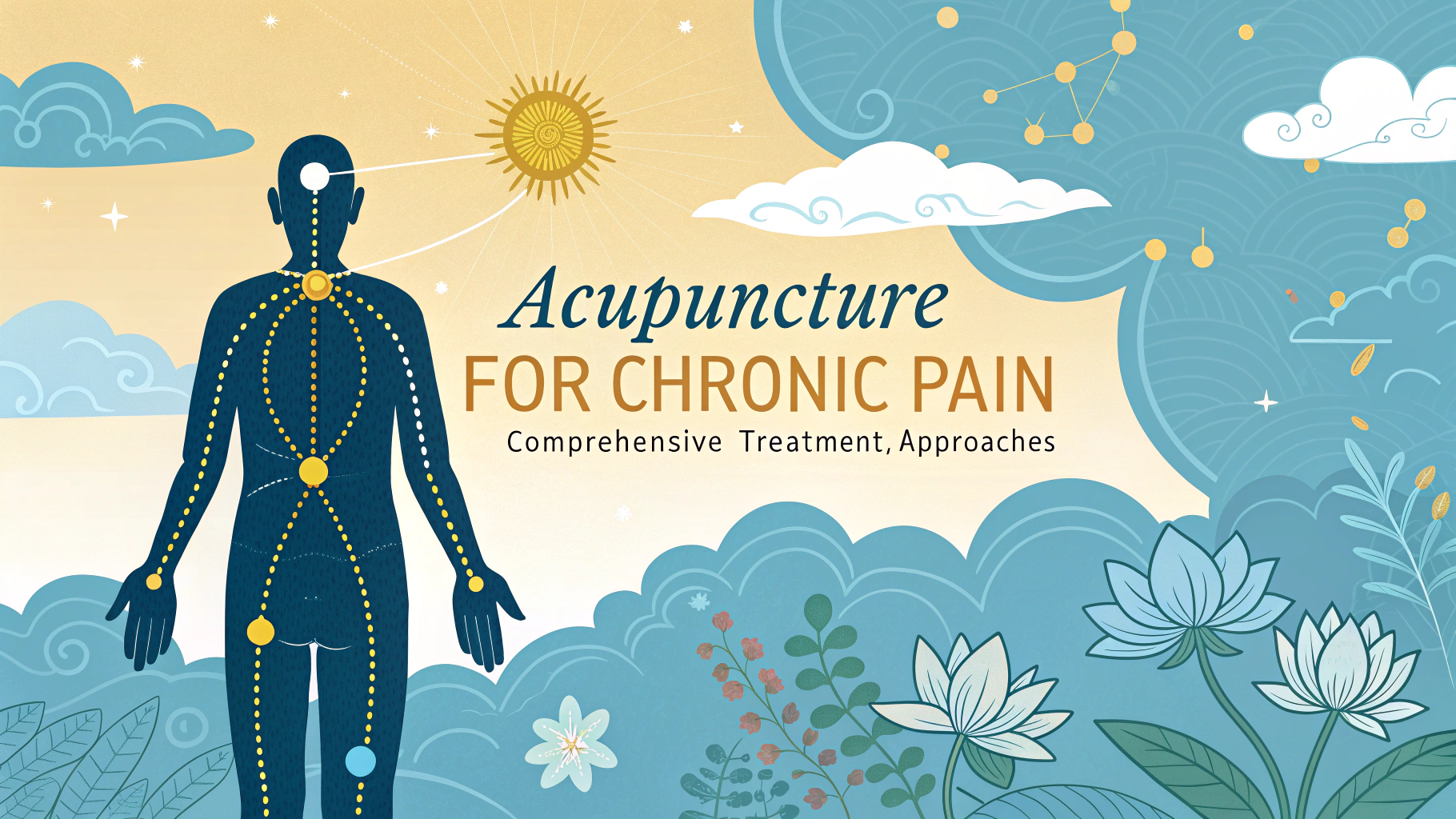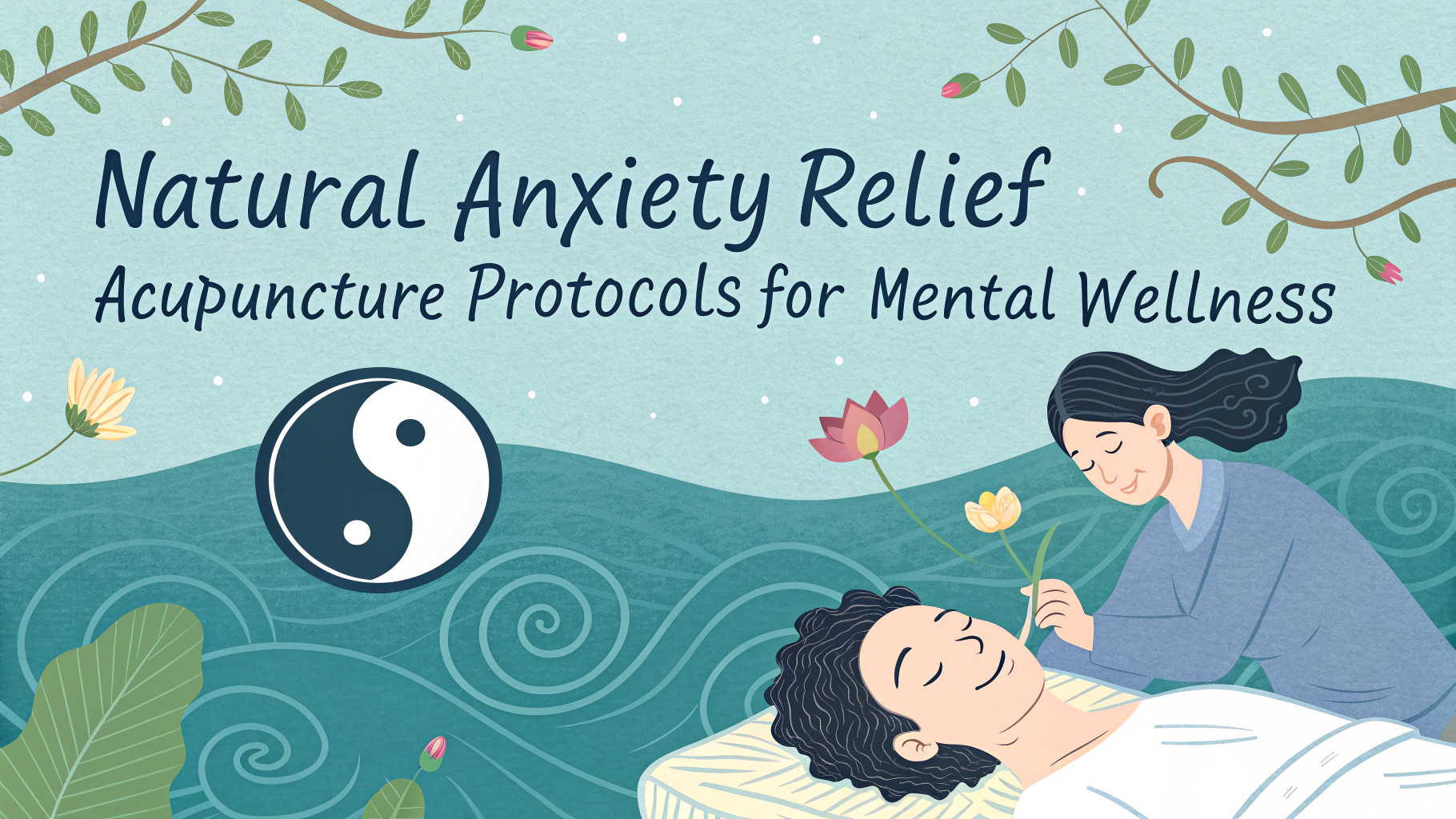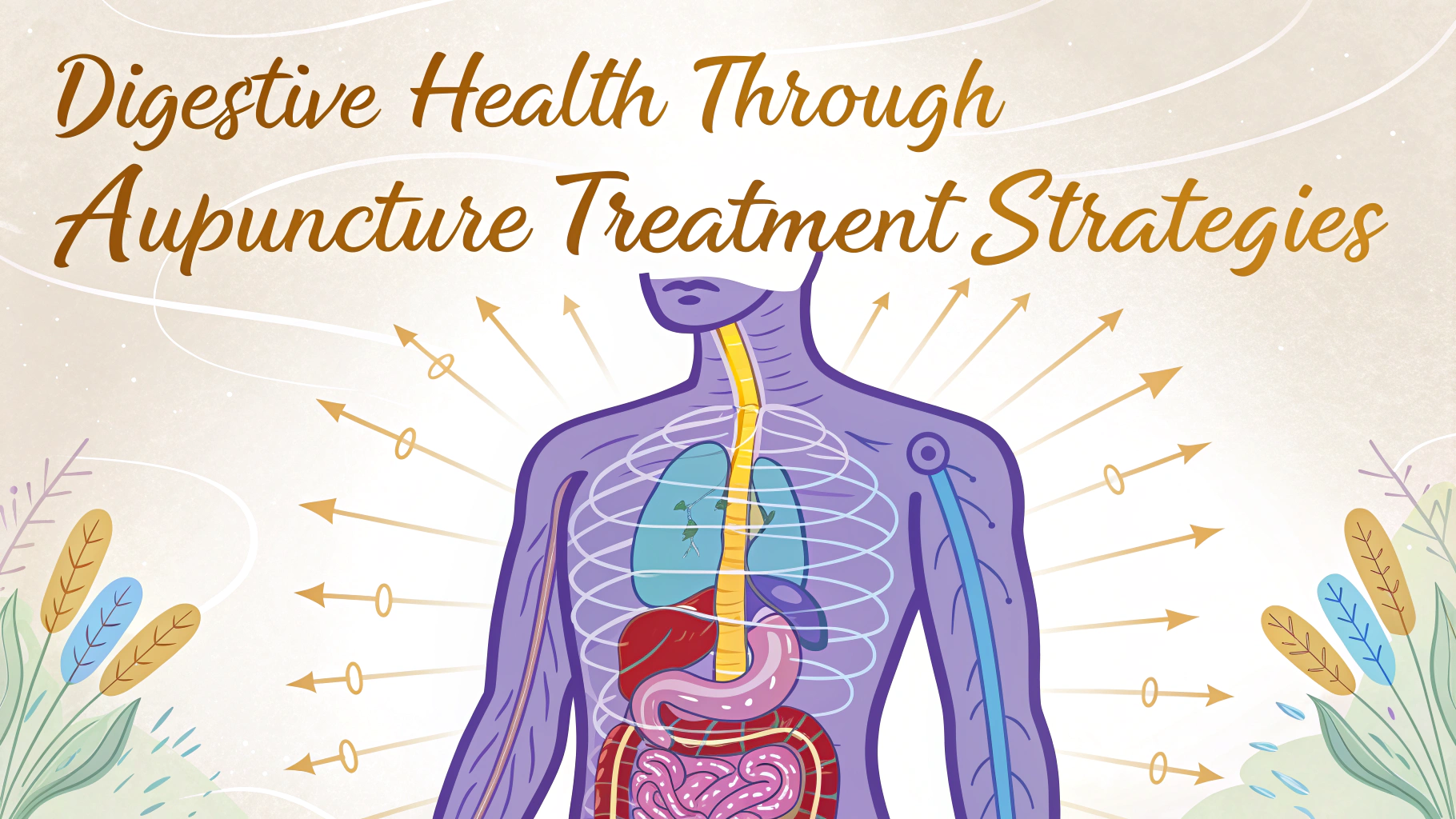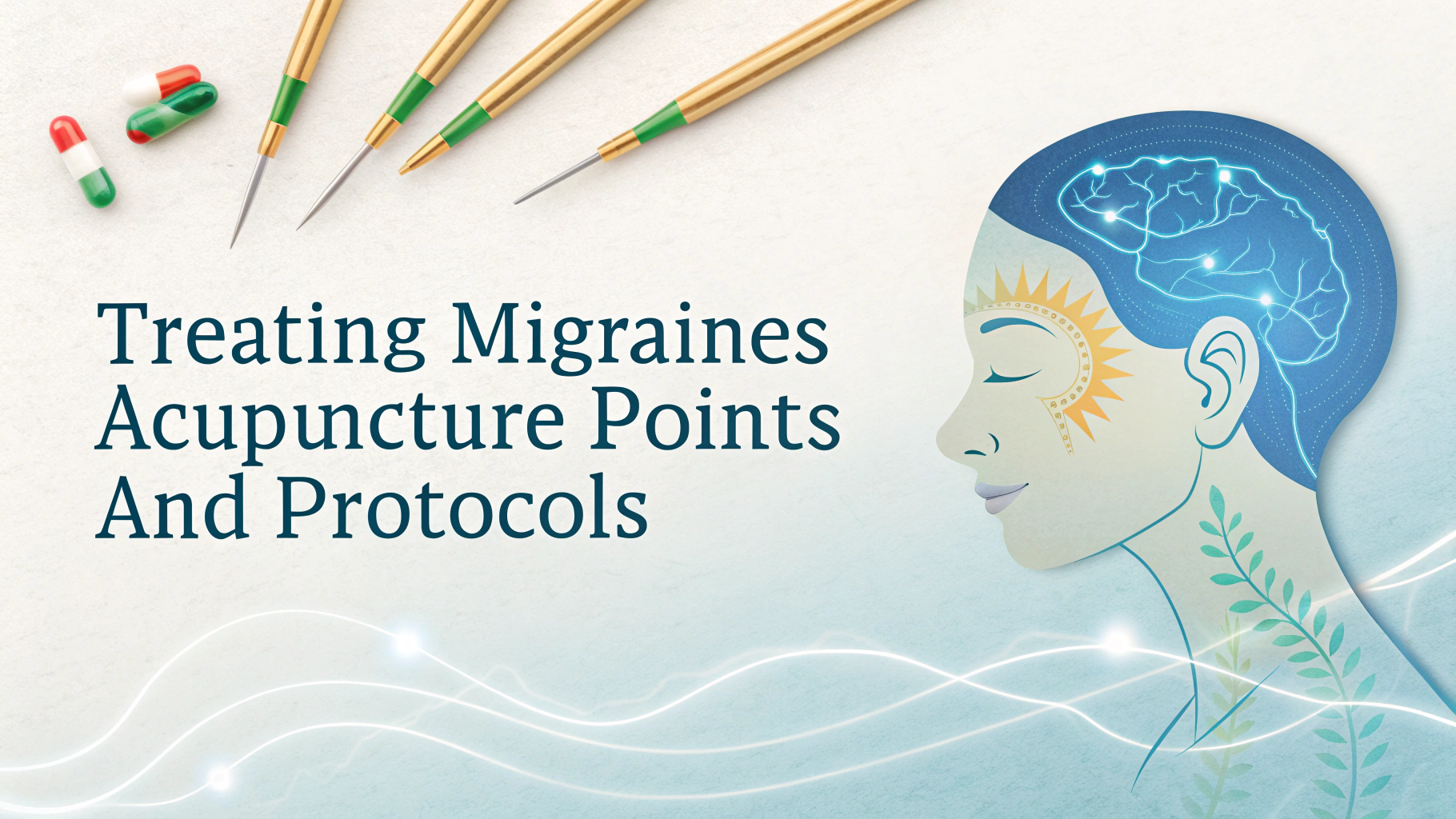Acupuncture point charts serve as essential reference tools for both practitioners and students of Traditional Chinese Medicine (TCM).
These visual guides map out the body’s meridian systems and the specific locations where needles can be inserted to address various health conditions.
Understanding how to read and use these charts properly enables safe and effective acupuncture treatments while helping practitioners locate points with precision.
Types of Acupuncture Charts
- Full Body Charts: Show all major meridians and points
- Regional Charts: Focus on specific body areas like head or limbs
- Meridian-Specific: Detail individual energy channels
- 3D Digital Models: Interactive computer-based references
Reading Acupuncture Point Charts
Each point on an acupuncture chart is marked with its traditional Chinese name and corresponding number.
| Notation | Meaning |
|---|---|
| GB-20 | Gallbladder meridian, point 20 |
| LI-4 | Large Intestine meridian, point 4 |
| ST-36 | Stomach meridian, point 36 |
Major Meridian Systems
- Lung (LU) – 11 points
- Large Intestine (LI) – 20 points
- Stomach (ST) – 45 points
- Spleen (SP) – 21 points
- Heart (HT) – 9 points
- Small Intestine (SI) – 19 points
Common Treatment Points
These widely-used points address multiple conditions:
- LI-4 (Hegu): Headaches, facial pain, dental pain
- ST-36 (Zusanli): Digestive issues, fatigue, immune support
- PC-6 (Neiguan): Nausea, motion sickness, anxiety
Finding Accurate Charts
Purchase charts from reputable suppliers like:
- American Association of Acupuncture and Oriental Medicine (www.aaaomonline.org)
- National Certification Commission for Acupuncture and Oriental Medicine (www.nccaom.org)
- Licensed acupuncture supply companies
Digital Resources
Modern practitioners can access digital alternatives:
- AcuPro (iOS/Android)
- Visual Acupuncture 3D
- Acupuncture Points Reference
Safety and Professional Use
Charts should only be used as reference tools by licensed practitioners or students under supervision.
Contact local acupuncture associations or medical boards for practitioner referrals and certification requirements.
Next Steps in Your Acupuncture Journey
Begin with consulting licensed practitioners who can demonstrate proper point location and treatment techniques.
Consider enrolling in accredited TCM programs for formal training if pursuing professional practice.
Treatment Protocols
Different conditions require specific point combinations and treatment sequences. Licensed practitioners develop customized protocols based on:
- Patient symptoms and diagnosis
- Traditional meridian theory
- Modern clinical research
- Treatment frequency requirements
Chart Maintenance and Updates
Keep acupuncture charts current and in good condition:
- Store in climate-controlled environments
- Handle with clean, dry hands
- Replace damaged or outdated charts
- Update digital resources regularly
Documentation and Records
Maintain detailed treatment records including:
- Points used in each session
- Patient responses
- Treatment modifications
- Progress tracking
Advancing Your Point Knowledge
Deepen your understanding through:
- Continuing education courses
- Clinical workshops
- Peer study groups
- Professional conferences
Mastering the Art of Point Location
Success in acupuncture practice depends on thorough knowledge of point locations and their applications. Regular chart reference and hands-on practice remain essential for both newcomers and experienced practitioners. Stay connected with professional organizations and continue updating your knowledge as research and techniques evolve.
FAQs
- What is an acupuncture point chart and why is it important?
A detailed map showing the location of over 360 acupuncture points along the body’s meridians. It serves as an essential reference tool for practitioners to locate precise points for treatment. - How many major meridians are there in traditional acupuncture?
There are 12 primary meridians, paired on both sides of the body, plus two midline meridians (Governing and Conception vessels), totaling 14 main meridians. - What do the different colors on acupuncture charts represent?
Colors typically represent different meridians and their associated organs. For example, the Lung meridian is often shown in white/gray, Heart in red, and Kidney in blue. - What are the most commonly used acupuncture points?
Some frequently used points include LI4 (Large Intestine 4) for pain relief, ST36 (Stomach 36) for digestive issues, and PC6 (Pericardium 6) for nausea and anxiety. - How are acupuncture points numbered on charts?
Points are numbered sequentially along each meridian, starting from the beginning of the meridian’s path. For example, Lung 7 (LU7) is the seventh point on the Lung meridian. - What information does a complete acupuncture chart include?
A complete chart includes point locations, meridian pathways, point names in Chinese and English, point numbers, therapeutic indications, and anatomical landmarks. - How are extra points indicated on acupuncture charts?
Extra points (points outside the main meridians) are typically marked with specific designations like “EX-HN” for extra head and neck points, or “EX-B” for extra back points. - What are the different types of acupuncture charts available?
Charts come in various formats including 3D digital models, traditional wall charts, desktop references, multilayered transparencies, and specialist charts focusing on specific body areas or conditions. - How do practitioners use anatomical landmarks to locate points?
Points are located using nearby bones, muscles, and anatomical structures as references, often measured in proportional body units called “cun” rather than standard measurements. - What’s the difference between Chinese and Japanese acupuncture charts?
Japanese charts often include more detailed point locations and different point names, while focusing on gentler needling techniques and additional points not found in traditional Chinese charts.
